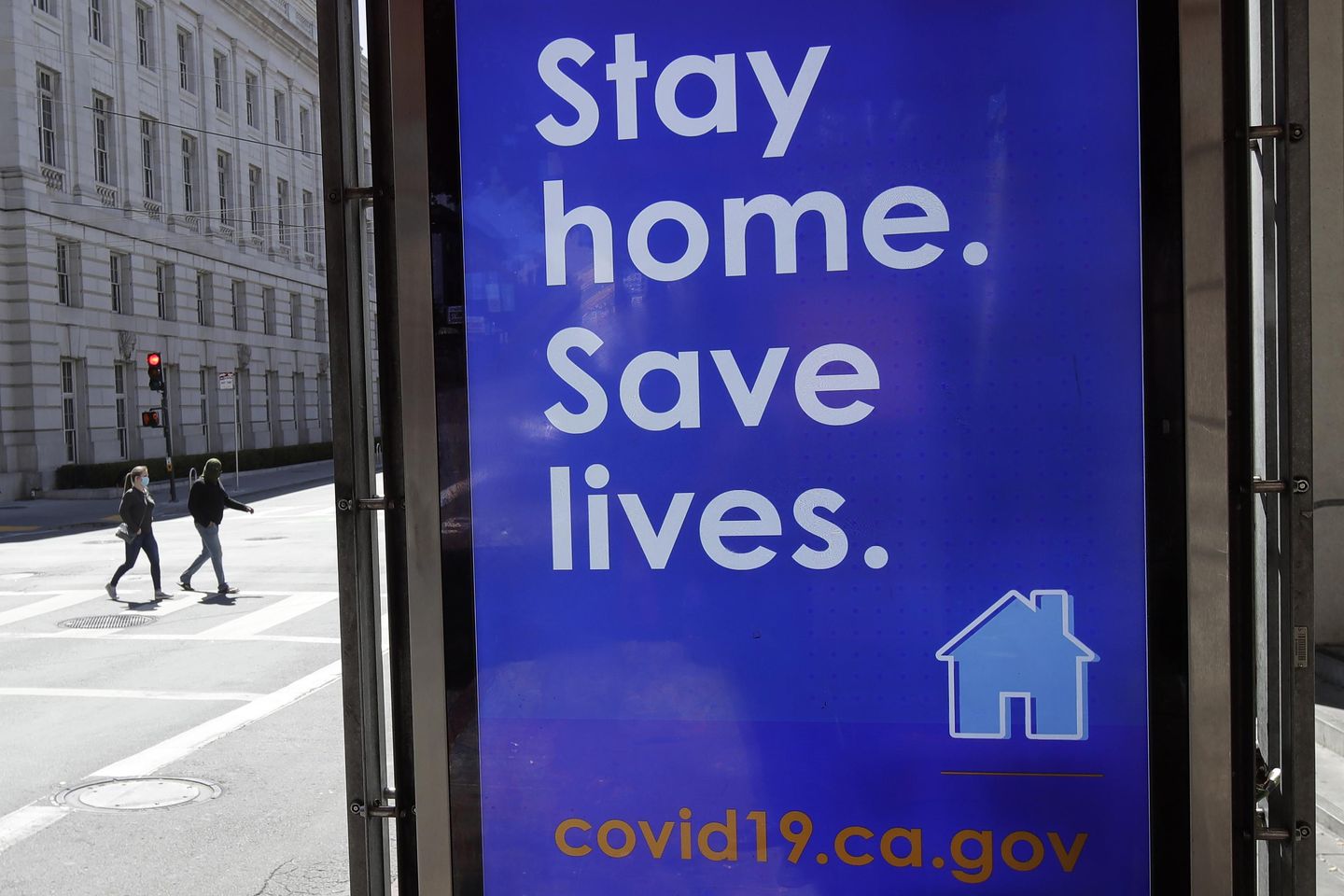
Worsening finances and social isolation during COVID-19 lockdowns contributed to a post-pandemic surge in clinical depression symptoms among young adults, a study has found.
The analysis of 20,040 adults 20 and older found that the average share reporting major depressive symptoms on national health surveys increased from 8.2% in 2013-20 to 12.3% in 2021-23.
Sharing their findings Monday in JAMA Internal Medicine, six researchers noted a “significantly larger increase” among young adults compared to older people. Depression rates nearly doubled for survey respondents aged 20 to 44 from before the pandemic.
“We suspect that increases in social isolation and loneliness, as well as closures of schools and public spaces, likely contributed to the changes we observed among young adults,” Dr. Rishi Wadhera, a researcher at Beth Israel Deaconess Medical Center in Boston and lead author of the study, told The Washington Times.
Dr. Wadhera said the study is the first to prove that COVID-related depression surged nationally through August 2023, “years after the onset of the pandemic.”
Classic signs of depression include lack of energy, sleeplessness, self-hating thoughts and behavior, difficulty concentrating and completing tasks, frequent crying and persistent sadness.
Multiple reports tracked a spike in treatments for depression, anxiety and suicidal thoughts among teenagers and young adults during the pandemic and in its immediate aftermath.
According to psychologists, depressive symptoms have long been more common among young people, increasing their risk of suicide.
Several medical experts not connected to Monday’s study expressed alarm over the finding that depression among young adults outlasted pandemic lockdowns.
“This illustrates the cascading impact of pandemics on the population,” said Dr. Amesh Adalja, an infectious disease specialist and senior scholar at the Johns Hopkins Center for Health Security who has treated COVID patients. “There was mass disruption in society. There was disruption of mental health services.”
Psychologist Vince Callahan, founder of the Florida Institute of Neural Discovery, said the study confirms reports that youth suicide attempts have increased alongside a post-pandemic surge in digital screen time.
“Research has shown that even though people spend more time on their screens, they feel more isolated,” Mr. Callahan said. “When people are isolated, their mental health issues are more prevalent and are brought to the forefront.”
Other factors cited in Monday’s report included “worsening socioeconomic conditions,” “loneliness” and “health care disruptions” caused by restrictions on non-essential medical services.
The report noted a shortage of qualified mental health workers to treat the surge in young adults suffering from emotional distress.
Keith Humphreys, a Stanford University psychologist and addiction researcher, said further research is needed to verify the causes of pandemic-era depression, which he said may also have contributed to increased substance abuse.
“To determine whether this increase was due to the restrictions versus the pandemic itself would require a direct comparison of changes in depression in places that had a lot of restrictions and a few,” Mr. Humphreys said. “I believe that apart from the restrictions COVID itself was pretty depressing — lots of death, loss and fear.”
For more information, visit The Washington Times COVID-19 resource page.












